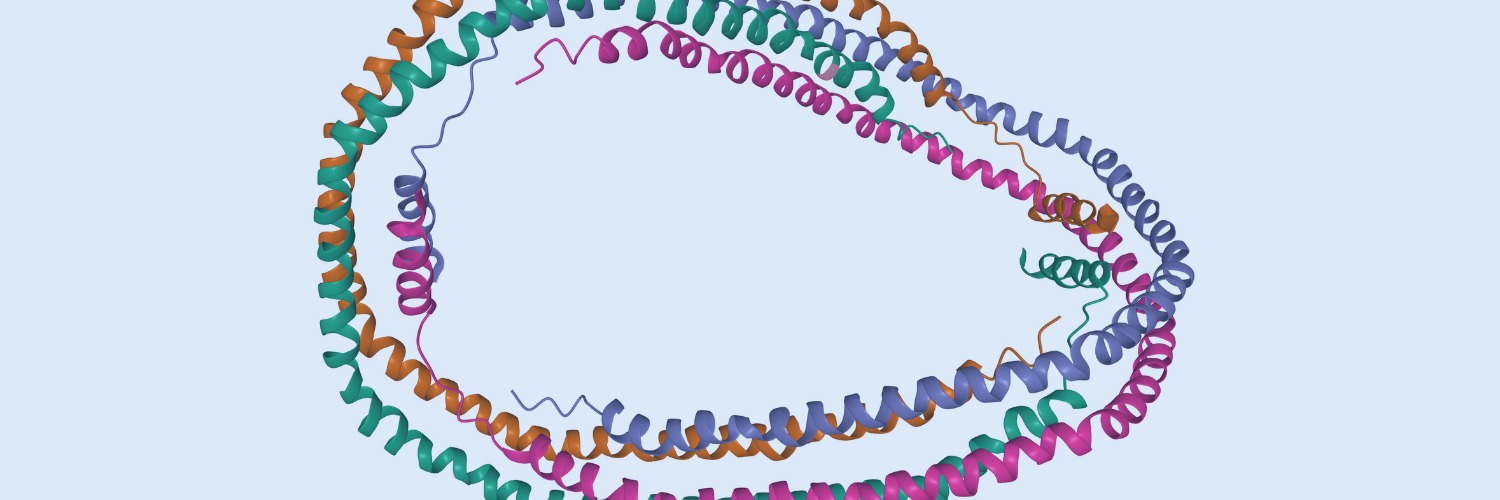The following is the summary of “A noval prognostic signature of the N7-methylguanosine (m7G)-related miRNA in lung adenocarcinoma” published in the January 2023 issue of Pulmonary medicine by Duan, et al.
High mortality and poor prognosis are hallmarks of lung adenocarcinoma (LUAD). A growing body of evidence suggests that N7-methylguanosine plays an important role in lung cancer. N7-methylguanosine related-miRNAs may have predictive value in lung adenocarcinoma, but this is still up for debate. Both the mRNA and miRNA expression profiles, as well as the accompanying clinical data, were obtained from a publicly available database and used in the study.
Less-absolute-shrinkage and selection-operator Cox analysis were used to construct the prognostic signature. Kaplan-Meier analysis was performed to evaluate the differences in survival rates between the high-risk and low-risk groups. Researchers used univariate and multivariate Cox regression models to examine potential signatures for lung cancer progression. The score for the invasion of immune cells was calculated using single-sample gene set enrichment analysis. To begin, researchers used a public pharmacogenomics database to make predictions about METTL1 and WDR4 chemo sensitivities. As measured by the area under the receiver operating characteristic curve, the signature’s performance was 0.68 for predicting survival over 1 year, 0.65 for 3 years, and 0.683 for predicting survival over 5 years.
Using least absolute shrinkage and selection operator Cox analysis, we determined an unique prognostic signature involving 9 miRNAs associated with N7-Methylguanosine. High-risk patients did not do as well as those in the low-risk group in terms of overall survival. A further demonstration of the structure’s impressive prediction ability is provided by the calibration curves at 1, 3, and 5 years. Using the Toumor filter, the signature was refined. Cancer cell susceptibility to anticancer medicines was found to be substantially linked with METTL1 and WDR4 expression levels. In order to predict outcomes, researchers have developed a unique signature based on 9 miRNAs associated with N7-methylguanosine.
Source: bmcpulmmed.biomedcentral.com/articles/10.1186/s12890-022-02290-7



















